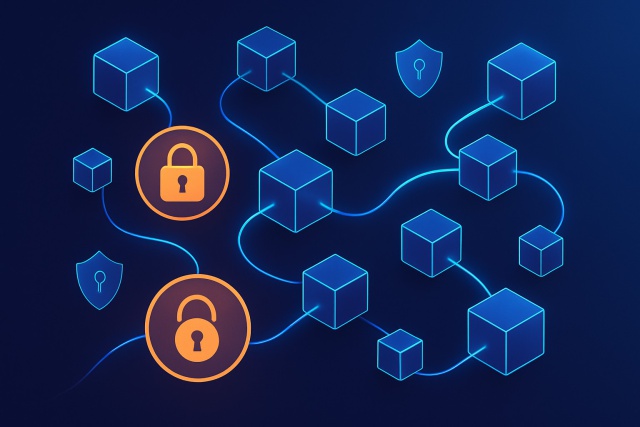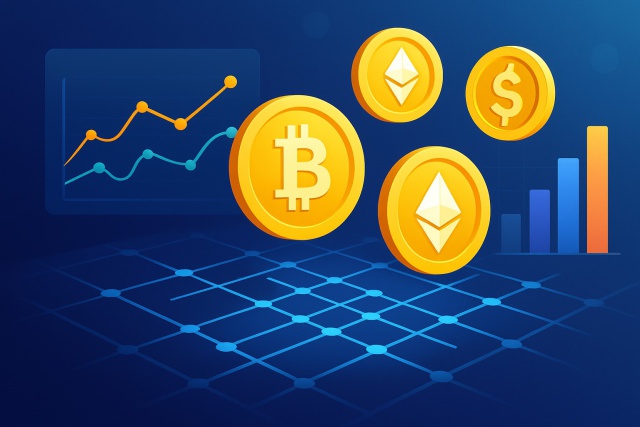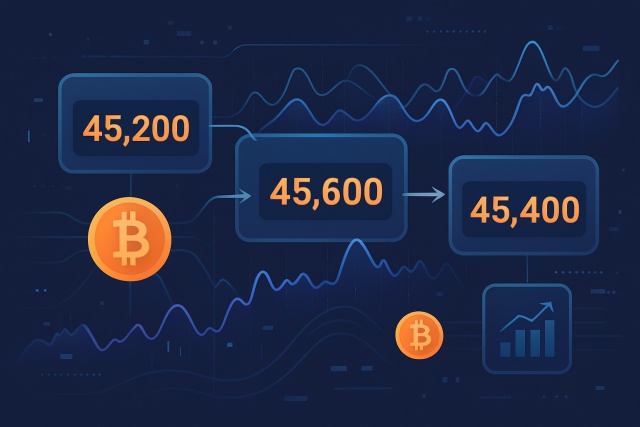What Is DAO and How Members Vote on Decisions?

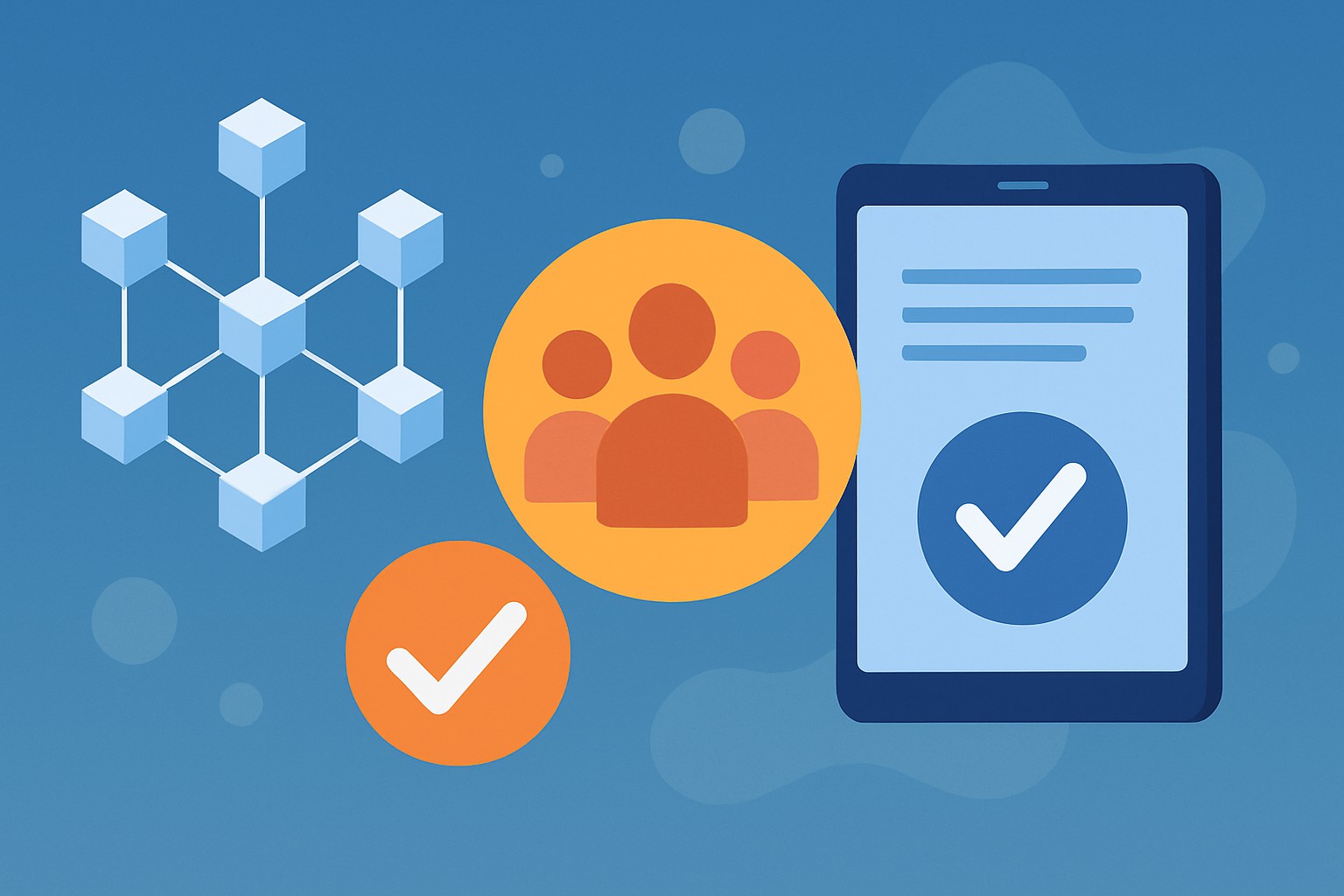
If you're wondering what is DAO, Decentralized Autonomous Organizations (better known as DAOs) have shaken up how groups manage themselves by letting communities come together and make decisions without a single person calling all the shots.
What Is DAO? Let us unwrap this term that’s been buzzing around in tech and finance circles lately.
A DAO, short for Decentralized Autonomous Organization, is a digital community governed by rules locked into a blockchain. Unlike typical organizations with a boss calling the shots, DAOs promote transparency and democracy. They let members team up through blockchain tech to make decisions together.
- Control is spread out, with no single person or group hogging all the decision-making power.
- Governance rules and processes are baked right into smart contracts that run on the blockchain.
- Every decision and transaction is out in the open, ready to be peeked at by any member.
- Members usually hold tokens that not only give them voting rights but also a real stake in the whole operation.
- Automation does the heavy lifting, cutting down the need for middlemen and endless hands-on management.
Think of a DAO as a digital cooperative or club where everyone has a say rather than leaving decisions up to some president or board. The real game changer here is that all the rules and actions run automatically through code on a blockchain, making the whole process not just cleaner but way more transparent.
Breaking It Down Without the Jargon
DAOs operate through smart contracts, which are essentially self-executing programs running on blockchain networks that automatically enforce governance rules. Members typically hold tokens that grant them voting rights, letting them dive into proposals and have a real say in organizational decisions.
A member or group steps up with a proposal laying out a fresh idea or decision for everyone to mull over.
The community jumps in openly chatting and hashing out the details on the DAO's platform.
When it’s voting time members use their tokens to cast their say within a set timeframe to make sure their voices don’t go unheard.
Votes get tallied in a way that’s both transparent and automatic so no funny business here.
If the proposal sails through smart contracts swing into action executing the decision without anyone having to lift a finger.
Smart contracts matter because they guarantee that decisions made by consensus are executed exactly as intended, tossing out the need for trusted middlemen.
So, Who Exactly Can Join a DAO
Most DAOs ask their members to hold governance tokens that represent voting powers or ownership stakes. Some DAOs throw the doors wide open to anyone who manages to snag these tokens while others keep things more exclusive and require approval or an invite to join. Open or restricted, participation usually depends on having clear blockchain identities.
- Token holders who actually hold tokens that grant them voting power, putting their stake where their mouth is.
- Contributors who roll up their sleeves and actively help build or support the DAO, the real hands-on heroes.
- Advisors who generously share their expertise but don’t have the formal voting rights, kind of like wise guides on the sidelines.
- Delegated voters who receive voting power handed down to them by others, carrying the torch in someone else’s name.
How Members Usually Cast Their Votes on Decisions in a DAO
Member voting is at the heart of DAO governance, providing a straightforward and rock-solid way for people to voice their take on proposals. Every vote is etched into the blockchain, making it tamper-proof and out there in the open for anyone curious enough to double-check.
A proposal gets officially submitted through the DAO’s governance platform — think of it as the launchpad for new ideas.
Then comes the discussion period where members jump in to debate, suggest tweaks and hash things out.
After that, voting opens up and members cast their votes within the set timeframe — no dilly-dallying here.
The votes are tallied automatically on the blockchain so everything’s transparent and tamper-proof.
If the proposal clears the required thresholds the decision goes into action right away with no waiting around.
Voting power usually boils down to how many tokens a member holds. Those with a bigger stake generally have a louder voice in the room. Common voting methods often feature quorum rules to ensure enough people are chipping in, simple majority decisions that get straight to the point, and quadratic voting which tries to keep the heavyweights from calling all the shots
| Method | How It Works | Advantages | Challenges |
|---|---|---|---|
| Token-Weighted | Votes are weighted based on the number of tokens a person holds, putting your stake front and center. | A no-nonsense method that straightforwardly shows who holds the cards. | Can end up giving the big fish way too much power. |
| Quorum-Based | Requires at least a certain percentage of participants for the vote to count, making sure enough people weigh in. | Ensures decisions aren’t made by just a handful of people. | Might slow things down if not enough people show up to the party. |
| Majority Vote | Proposal passes if it gets more than half the votes in favor, plain and simple. | Clear-cut and easy to understand—no rocket science here. | Risks brushing minority voices under the rug. |
| Quadratic Voting | The cost of each additional vote goes up quadratically, making you think twice before splurging votes. | Helps keep any one player from hogging the spotlight and promotes fairness. | May feel like a brain teaser to newcomers trying to wrap their heads around it. |
| Delegated Voting | Voters hand off their voting power to trusted reps, like passing the baton. | Boosts participation by letting proxies step in when you can’t. | Can tilt the scales if too much clout stacks up with a few delegates. |
Delegation is key because it allows members to hand off their voting power to representatives they genuinely trust. This method really helps widen the circle of participation, especially for those people who just don’t have the time or the expertise to dive into every single proposal themselves. Delegated voters step up and make decisions on behalf of their supporters.
Real-World Examples of DAOs and How Their Voting Systems Actually Work (No Rocket Science Here)
Several early DAOs have paved the way by experimenting with different approaches to decentralized governance and voting. These examples offer some valuable lessons—shedding light on how voting methods have evolved over time and the real-world challenges that come with managing governance on blockchain technology.
- The DAO was one of the first bold experiments in the space and it revealed glaring security flaws. It reminded us why meticulous smart contract audits and robust voting safeguards are absolutely critical.
- MakerDAO runs a tight ship with its stablecoin ecosystem. It carefully juggles token-weighted votes and quorum thresholds to keep risks in check and maintain a steady course.
- Aragon offers a flexible open-source platform that invites users to craft their own DAOs. It provides modular voting and governance tools you can mix and match to suit your unique needs.
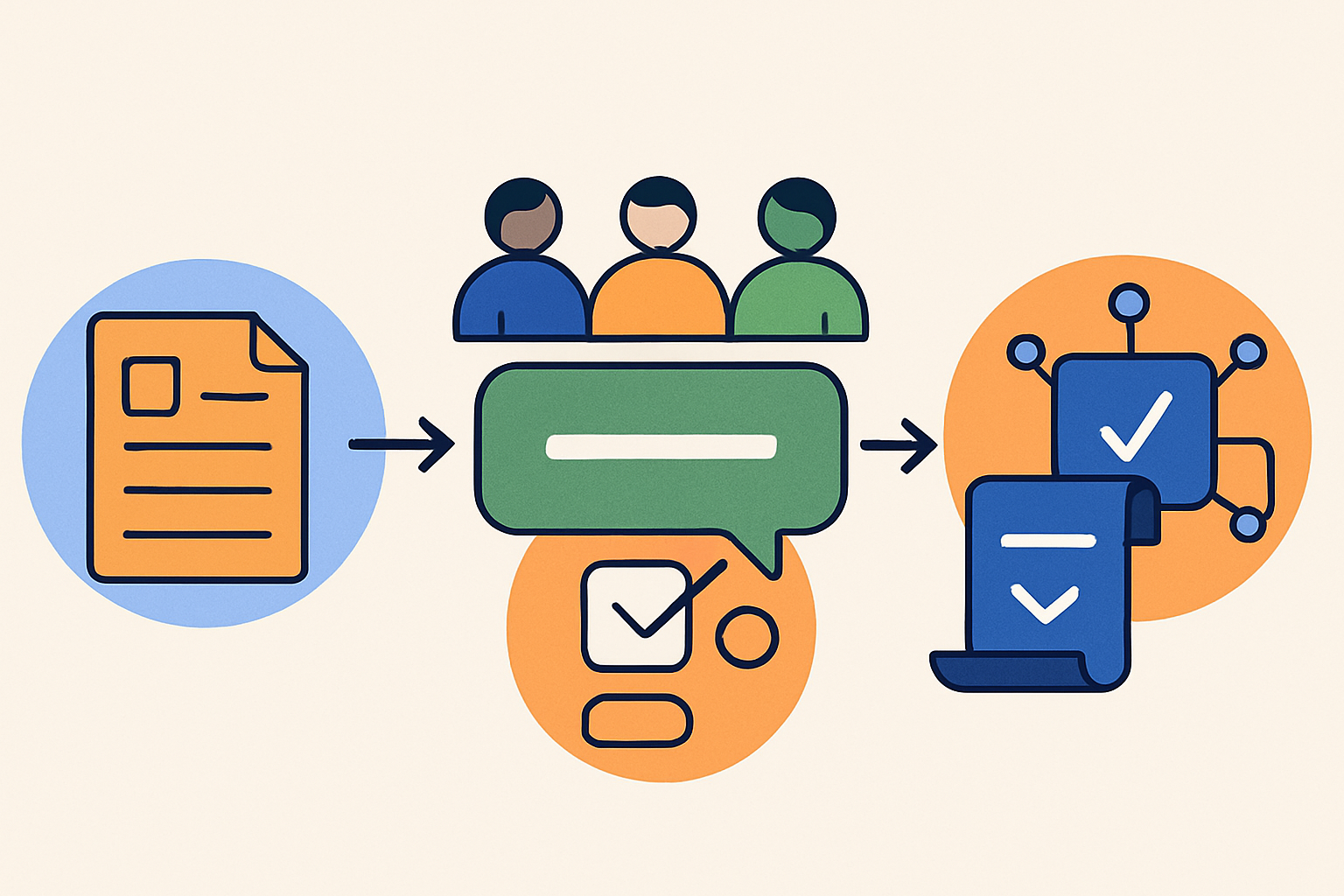
The Pros and Cons of DAO Voting You Need to Know
- Transparency means every vote and decision is out there in the open and recorded for anyone curious enough to check.
- Inclusivity lets anyone holding tokens jump in and helps build a strong, engaged community beyond just numbers.
- Automation through smart contracts reduces red tape and speeds up processes to run smoother.
- It removes centralized control and avoids the dreaded single point of failure, which is a huge relief.
- Voter apathy leads to painfully low turnout and can result in decisions that don’t capture the community’s true vibe.
- Risks like vote buying or collusion still hang around like party crashers making governance tricky.
- The complexity of voting systems can be tough, especially when you are new and still finding your footing.
- As more people join and proposals pile up, scalability becomes a real headache that needs careful handling.
DAOs often wrestle with down-to-earth challenges like getting members genuinely engaged and crafting voting systems that balance fairness and efficiency. People are experimenting with methods such as quadratic voting, delegation and educational programs—little tools that aim to boost governance and make it truly inclusive.
"DAO voting is a fresh and exciting twist on democratic governance that leverages blockchain technology to deliver transparent and trustless decision-making, bringing communities around the world closer together in ways we have never quite seen before." – Blockchain Governance Expert
How You Can Join a DAO and Cast Your Vote (Without Breaking a Sweat)
Jump into a DAO and have your say in voting by typically beginning with tracking down one that really clicks with your interests. Next up, you grab some governance tokens and link your digital wallet to the platform—easy enough.
Dive into the world of DAOs and find one that really clicks with your goals and values—think of it as a matchmaking process, but for communities rather than dates.
Snag or earn the governance tokens you need to join the club, either by trading on exchanges or pitching in with your skills and efforts.
Connect your crypto wallet to the DAO’s digital platform, making sure everything feels as smooth as butter.
Take some time to get familiar with the active proposals and jump into the conversations—this is where the real action happens.
Cast your vote safely during the official voting window using the DAO’s interface, and rest easy knowing your voice count counts.
When reviewing proposals for what is DAO-aligned, keep an eye on their potential impact and how doable they really are. Also check if they truly align with the DAO's mission. Jump into discussions with a thoughtful mindset and ask questions that actually matter.



